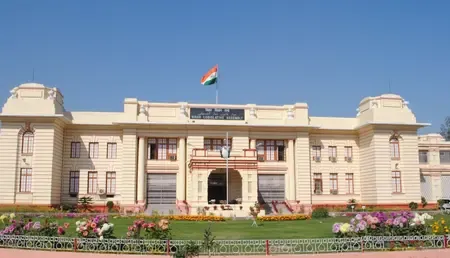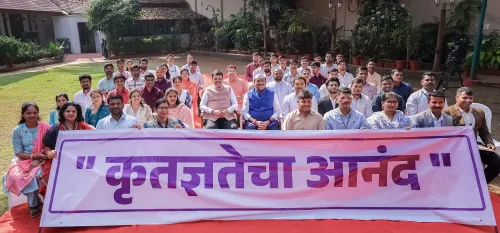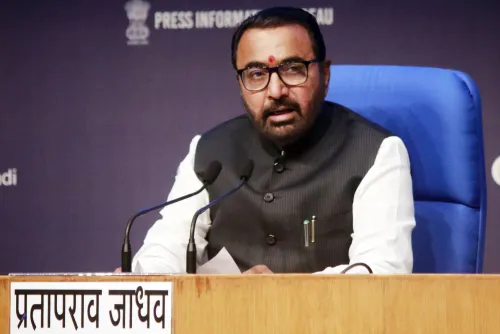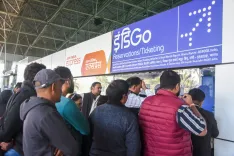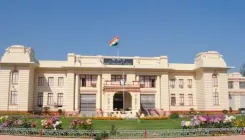How Did GST 2.0 Boost Karva Chauth Sales to Nearly Rs 28,000 Crore?
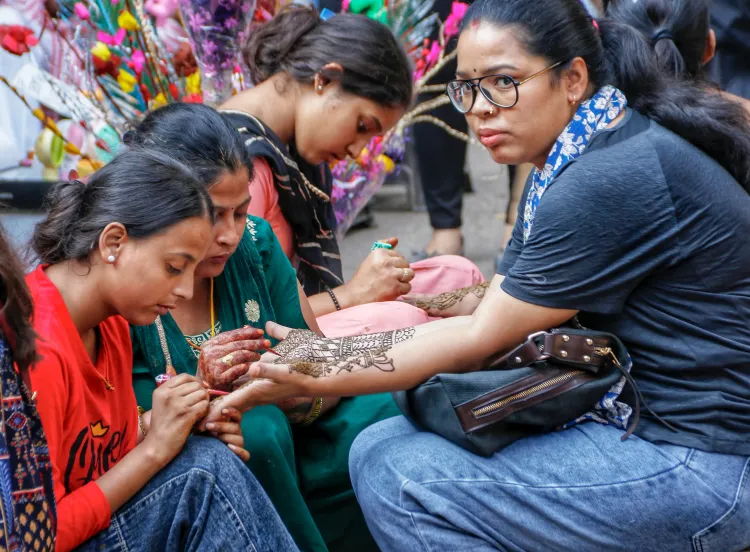
Synopsis
Key Takeaways
- Karva Chauth sales reached Rs 28,000 crore this year.
- GST rate cuts have boosted consumer spending.
- Traditional items like sarees and jewelry saw a spike in demand.
- Markets across Delhi and other cities were bustling with shoppers.
- Small traders and artisans benefited significantly.
New Delhi, Oct 10 (NationPress) The Karva Chauth festival is projected to have generated a staggering Rs 28,000 crore in business across the nation, rising from Rs 22,000 crore last year. This remarkable surge in sales is attributed to the recent GST rate reductions that have made goods and services more affordable for consumers, as reported by the trade association Confederation of All India Traders (CAIT) on Friday.
The capital city of Delhi alone accounted for approximately Rs 8,000 crore in total turnover, with Chandni Chowk, the largest wholesale market in India, buzzing with festive activity.
Praveen Khandelwal, Member of Parliament for Chandni Chowk and CAIT Secretary General, noted that the overwhelming consumer turnout on Thursday and Friday, coupled with insights from various regions, suggests that the total business for Karva Chauth could reach around Rs 28,000 crore nationwide and about Rs 8,000 crore in Delhi.
“Last year, Karva Chauth generated around Rs 22,000 crore, while in 2023, it is estimated at about Rs 15,000 crore — a clear indication of a significant increase in festive commerce this year,” he highlighted.
Khandelwal further emphasized that the sales of traditional Karva Chauth necessities such as sarees, lehengas, pooja thalis, earthen pots, sweets, jewelry, and cosmetics have experienced a remarkable rise.
Beauty salons, mehndi artists, and other service providers have also witnessed long lines throughout the day, creating substantial job opportunities for artisans and small businesses across India. Additionally, numerous community gatherings and rituals for Karva Chauth were organized, further supporting local artisans and service providers.
Major markets in the capital, including Chandni Chowk, Sadar Bazar, Sarojini Nagar, Lajpat Nagar, Karol Bagh, Rajouri Garden, Kamla Nagar, Shalimar Bagh, Pitampura, Paschim Vihar, Rohini, Connaught Place, Khan Market, South Extension, Laxmi Nagar, and Preet Vihar, experienced a festive rush as shoppers flocked to make their purchases.
The GST rate cuts, effective from September 22, have provided consumers with additional relief, enhancing their purchasing power. Additionally, Prime Minister Narendra Modi's appeal to “buy and sell Swadeshi” has resonated with both traders and consumers, contributing to record sales, Khandelwal stated.
According to CAIT, Karva Chauth is not just a festival of love and devotion, but also a significant catalyst for domestic commerce. This year, millions of small traders and local shopkeepers in India have significantly benefited from the festive surge, the trade body concluded.


